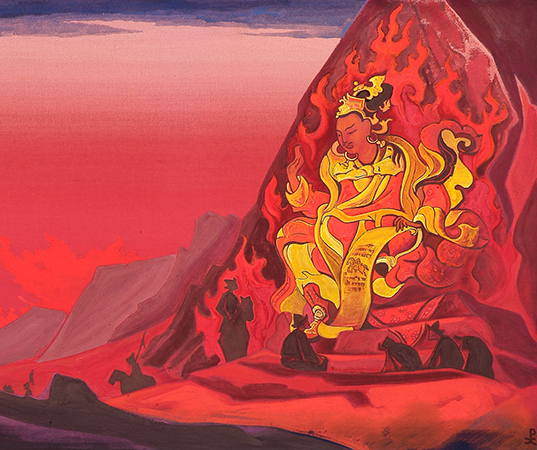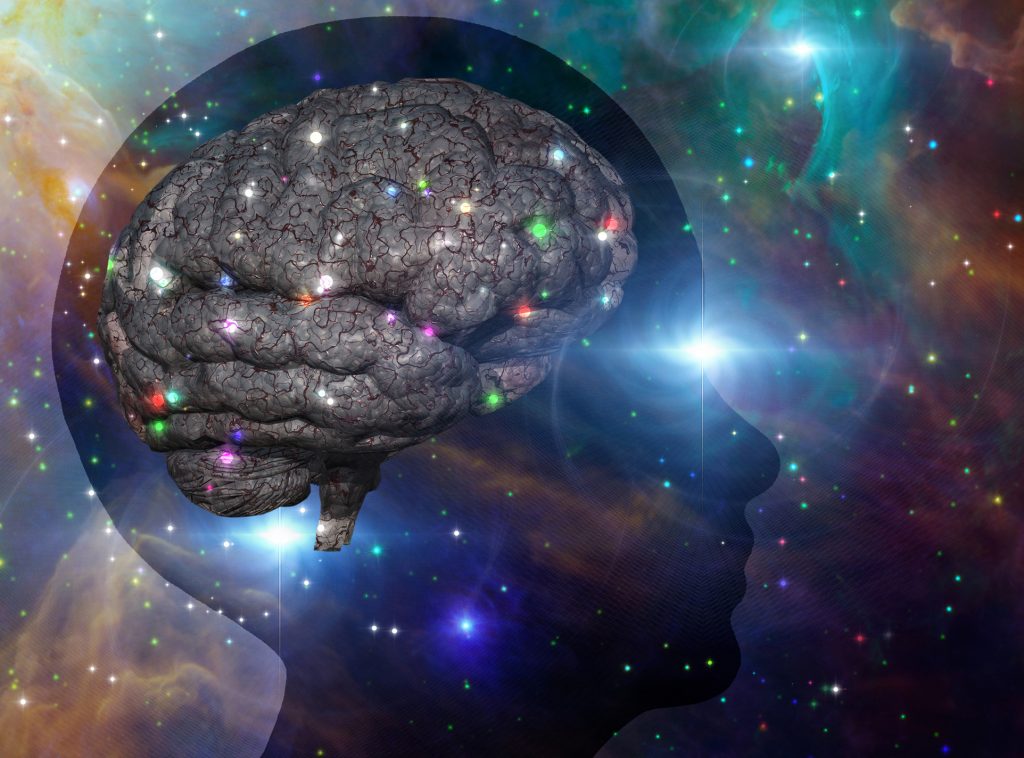Beyond ‘Sacred Activism’
The subtle and tenacious bonds of language shape and express our default beliefs about the world. We need a path beyond such limiting structures, a descent into the substrate, a journey into the interstices of the existential. That journey invites new thinking or…perhaps no thinking at all. It’s part of a critical mass decolonization process underway as we reconnect with self, self as other, and the earth.
As Derrick Jenson suggests:
Decolonization is breaking your identity with and loyalty to this culture and remembering your identification with and loyalty to the real physical world. It means recognizing that the luxuries of the dominant culture do not come free, but rather are paid for by other humans, and by non-humans.
Language is a tool of conquest. The dominant narrative of the human story has been so deeply ingrained in our language that it’s hardly noticed. Along the way, our relationship to the natural world and to death have been denied, pushed away or…buried. A relentless barrage of linguistic bullets has mowed down nearly every alternative worldview, redirecting every un-dammed river of shamanic consciousness standing in its way. The bill for this error, and all the hubris accompanying it, is coming due.
Those once colonized still struggle against zombie neocolonialism while the rest of the world largely remains in the grip of neocolonial ideology couched in the narratives of mass culture, establishment media, organized religion, finance, and the multi-national juggernaut of extractive capital. The great extinction unfolding before us is noted and shrugged off.
 To be sure, slipping the inertia of the neural substrate is no simple task, but there is no shortage of places to start. The term sacred activism will do. The meaning of these two words has been under perpetual construction and deconstruction for decades. It’s jargon for some, a source of inspiration for others. It’s a handy slogan whose meaning is debated, abused, misunderstood, and celebrated.
To be sure, slipping the inertia of the neural substrate is no simple task, but there is no shortage of places to start. The term sacred activism will do. The meaning of these two words has been under perpetual construction and deconstruction for decades. It’s jargon for some, a source of inspiration for others. It’s a handy slogan whose meaning is debated, abused, misunderstood, and celebrated.
Before the 1950s, one could be involved in politics OR spirituality. We could not envision acting simultaneously in both realms. You could either be on the front lines of “resistance” or back in your hutch, doing “nothing.” The traditional activist pitted herself against the inertia of the Industrial Growth Society. The spiritualist dropped out. The term sacred activism embodies a powerful dualistic view, a linguistic field from which we are finally nearing escape velocity. Gradually, it became clear that politics is rooted far more deeply than we ever imagined, far beneath the silted and nutrient-poor everyday channels of discursive thought, all the way into the primary beliefs we hold about reality.
Along the way, those “beliefs” have been informed by, supported—and also undermined—by science and philosophy. What are we to think? Since then, the journey into politics and spirituality has been leading to the same quantum location, which means everywhere, but mostly into creative institutions marrying the two.
Language also is a carrier of separation. My language can’t fully overcome its confusion and grasp the singularity of sacred activism without inventing new words for it. I now have difficulty saying these two words together. They no longer make sense together because what they describe are mirror images of that singularity. There is no longer any daylight between them, no distinction between the essential meaning of either. And there’s no time left to even debate the issue.
They are redundant. The very fact that we must still refer to something called “sacred activism” is testament to how far we have yet to go in eliminating the artificial boundary between the realities they embody.
How can true activism—the pursuit of justice—not be rooted in a sacred unity of self, other, and earth? How can sacred practices—seeking and restoring that Unity—not become the pursuit of justice? How can spiritual practice not also become the soul of activism? This is an evolution. Living your activism becomes the materialization of your practice. There is no longer any way to leave the cushion, the ritual, the reality of archetypal antecedents or the river of shamanic consciousness behind.
Nor is there any way to say that unleashing the colonized rivers of my consciousness and continuously informing and purifying my intentions is not the pursuit of justice. There is no other way. We can no longer even speak of activism without understanding that the only true activism arises from the sacred heart of the earth, the soul of nature, the consciousness of the planet as Self, acting through us as the ethos of trans-corporeality, the only matrix in which we have ever lived.
The evolutionary parallel to a personal experience of breaching the banks of channeled cognition is in transforming the collective dynamics of this journey into wholeness. The agency we have imagined as humans, manifest in a broken relationship with the natural world, is a false construction having no relation to our true condition.
In increasing numbers, and in diverse places, this awakening is propagating itself, manifesting personal versions of an incipient mass spiritual breakthrough. We are igniting nothing less than a global shamanic network by manifesting the true meaning of sacred activism, exhibiting conscious attention in ways that dissolve the collective mind control we call the liberal order of the Western world.

We are bringing the dervish mentality, the Shambhala Warrior mentality, the energy of transformation, making peace with the demons inside while curing instead of killing outside, taking the cushion with us into every “being” while turning every moment on the cushion into “doing” justice. The tools of the true sacred justice warrior are, as Andrew Harvey would say, none other than those of the divine Shakti goddesses of Hinduism: Kali, the Dancer of Destruction; Parvati, the messenger of Love and Devotion; Durga the Invincible; and Lakshmi, the goddess of Prosperity who restores us to the true source of all bounty, the earth itself.
To channel energies such as these is to stand in the eye of the gathering storm, surrounded by profound spiritual and moral corruption, economic and ecological injustice, with unwavering courage and integrity, attending in every moment to what is dying, performing mass healing ceremony, restoring eco-guardianship with unyielding dignity, fueled by illuminated compassion.
We are always losing what we wish to hold onto. Yet we are always gaining the rewards of losing, too. In that way we are always discovering the secret of life and death, which is that love is always and forever the place where life and death meet. – Umair Haque






